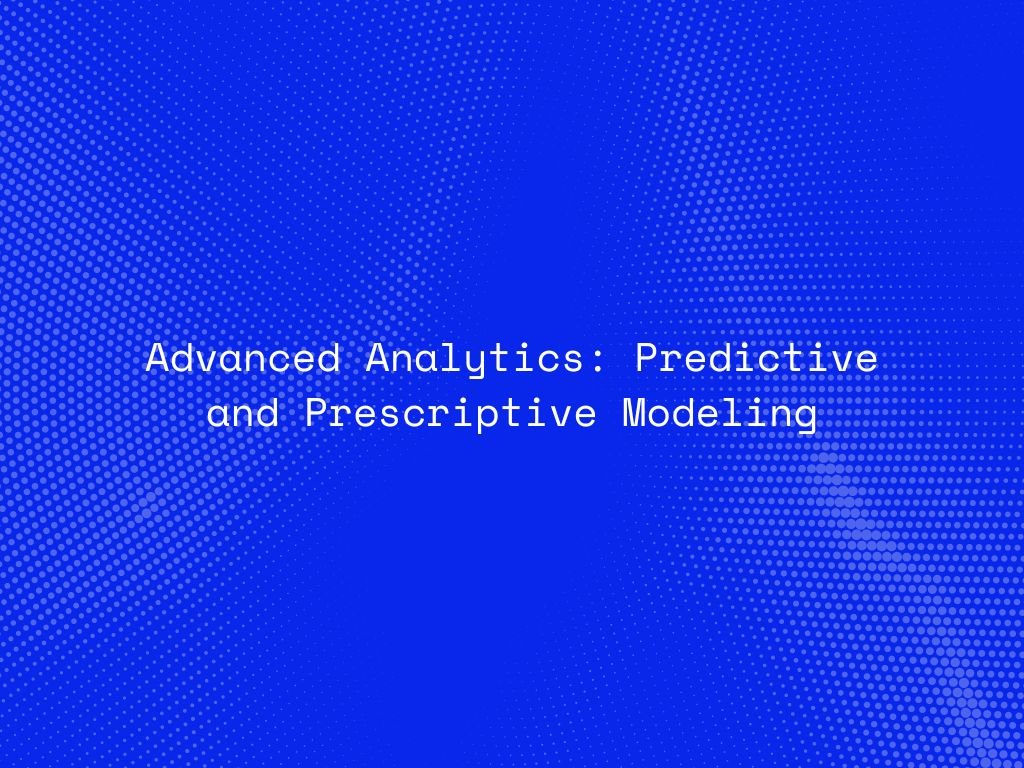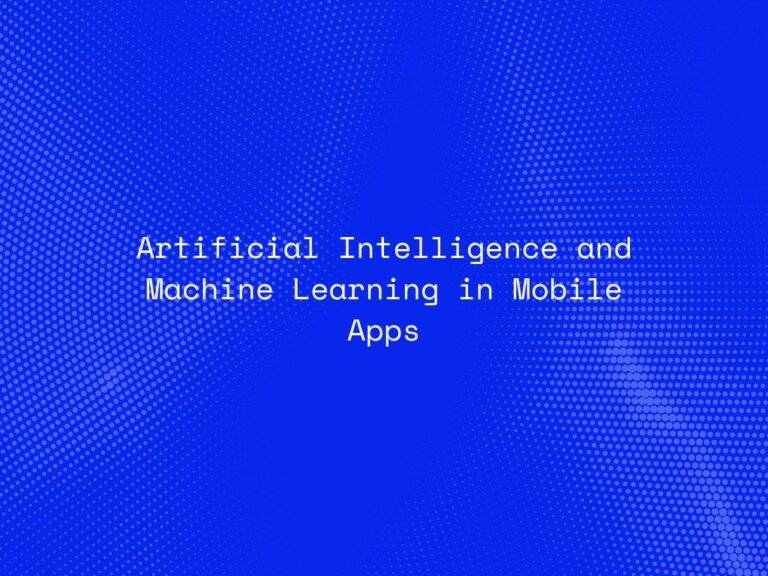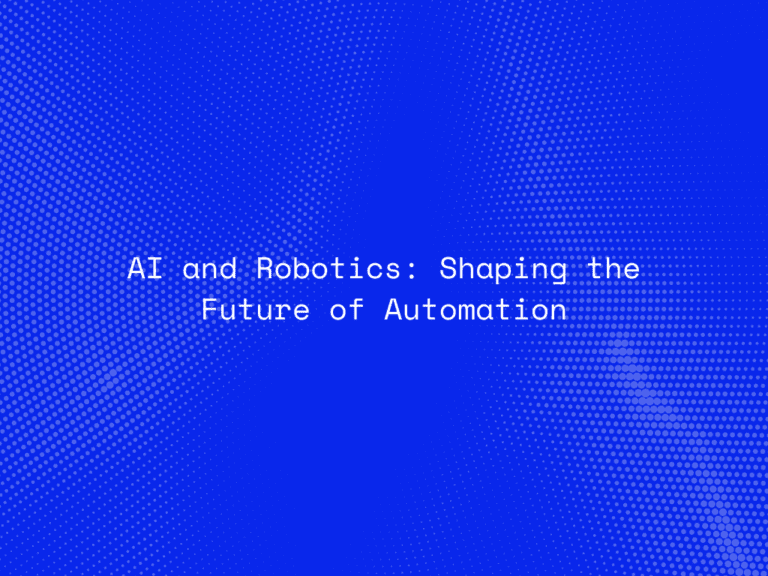In today’s data-driven world, Advanced Analytics has become an essential tool for businesses seeking to gain a competitive edge. Among the various techniques, Predictive Modeling and Prescriptive Modeling stand out for their ability to not only forecast future outcomes but also recommend optimal actions. In this blog, we explore the concepts, applications, and benefits of these advanced analytics techniques.
Understanding Predictive Modeling
Predictive Modeling is a statistical technique that uses historical data to make predictions about future events. By analyzing patterns and trends in data, predictive models can forecast outcomes with a certain degree of accuracy. These models are widely used in various industries to anticipate customer behavior, identify risks, and optimize operations.
Key techniques:
- Regression Analysis: Determines the relationship between variables and predicts continuous outcomes.
- Classification: Assigns data into predefined categories.
- Time Series Analysis: Analyzes data points collected or recorded at specific time intervals to forecast future values.
Connect With Us
Applications of Predictive Modeling
Predictive modeling has a broad range of applications across different sectors:
1. Marketing and Sales
Businesses use predictive models to identify potential customers, forecast sales, and optimize marketing campaigns. By analyzing customer data, companies can predict purchasing behavior and tailor their marketing strategies accordingly.
2. Finance
In finance, predictive modeling helps in credit scoring, fraud detection, and risk management. Financial institutions analyze transaction data to identify patterns that indicate fraudulent activities or potential credit defaults.
3. Healthcare
Predictive models are used in healthcare to forecast disease outbreaks, predict patient outcomes, and optimize treatment plans. By analyzing patient data, healthcare providers can anticipate health issues and intervene early.
4. Supply Chain Management
Predictive analytics in supply chain management helps in demand forecasting, inventory optimization, and identifying potential disruptions. Companies can ensure timely delivery and efficient resource allocation by anticipating demand and supply variations.
Understanding Prescriptive Modeling
While predictive modeling focuses on forecasting future outcomes, Prescriptive Modeling goes a step further by recommending specific actions to achieve desired outcomes. Prescriptive models use optimization and simulation techniques to suggest the best course of action based on the predicted scenarios.
Key techniques:
- Optimization: Determines the best solution from a set of feasible solutions to achieve the highest performance.
- Simulation: Models complex systems to understand their behavior under different scenarios.
- Decision Analysis: Evaluates and compares different decision alternatives to identify the most effective strategy.
Applications of Prescriptive Modeling
Prescriptive modeling is crucial for decision-making in various industries:
1. Healthcare
In healthcare, prescriptive models optimize treatment plans, manage patient flow, and allocate resources efficiently. By simulating different treatment scenarios, healthcare providers can choose the most effective interventions.
2. Manufacturing
Manufacturers use prescriptive analytics to optimize production schedules, minimize downtime, and enhance supply chain efficiency. These models help in identifying the best strategies for maintaining production continuity and meeting customer demands.
3. Retail
Retailers leverage prescriptive modeling to manage inventory, optimize pricing strategies, and enhance customer experience. By analyzing sales data and simulating different pricing scenarios, retailers can identify the optimal pricing strategy to maximize profits.
4. Energy Management
In the energy sector, prescriptive models are used to optimize energy distribution, manage demand response, and enhance grid reliability. Energy companies can simulate different load scenarios and prescribe actions to ensure efficient energy use and stability.
Benefits of Advanced Analytics
Implementing Predictive and Prescriptive Modeling offers several benefits:
- Improved Decision-Making: By providing insights into future trends and recommending optimal actions, these models enable better and more informed decision-making.
- Cost Reduction: Optimizing operations and resource allocation leads to significant cost savings across various business processes.
- Increased Efficiency: Advanced analytics streamlines operations, reducing waste and improving productivity.
- Enhanced Customer Satisfaction: Predictive and prescriptive models help businesses understand customer needs and tailor their offerings, leading to higher customer satisfaction and loyalty.
- Risk Mitigation: By identifying potential risks and prescribing preventive actions, businesses can mitigate risks and ensure smoother operations.
Conclusion
Advanced Analytics, through Predictive and Prescriptive Modeling, empowers businesses to not only anticipate future outcomes but also make informed decisions to achieve their goals. These techniques are transforming industries by optimizing operations, enhancing customer experiences, and driving strategic growth. As data continues to grow in volume and complexity, the importance of advanced analytics in building a competitive edge cannot be overstated. Embracing these technologies will enable organizations to navigate uncertainties and thrive in an increasingly data-driven world.




